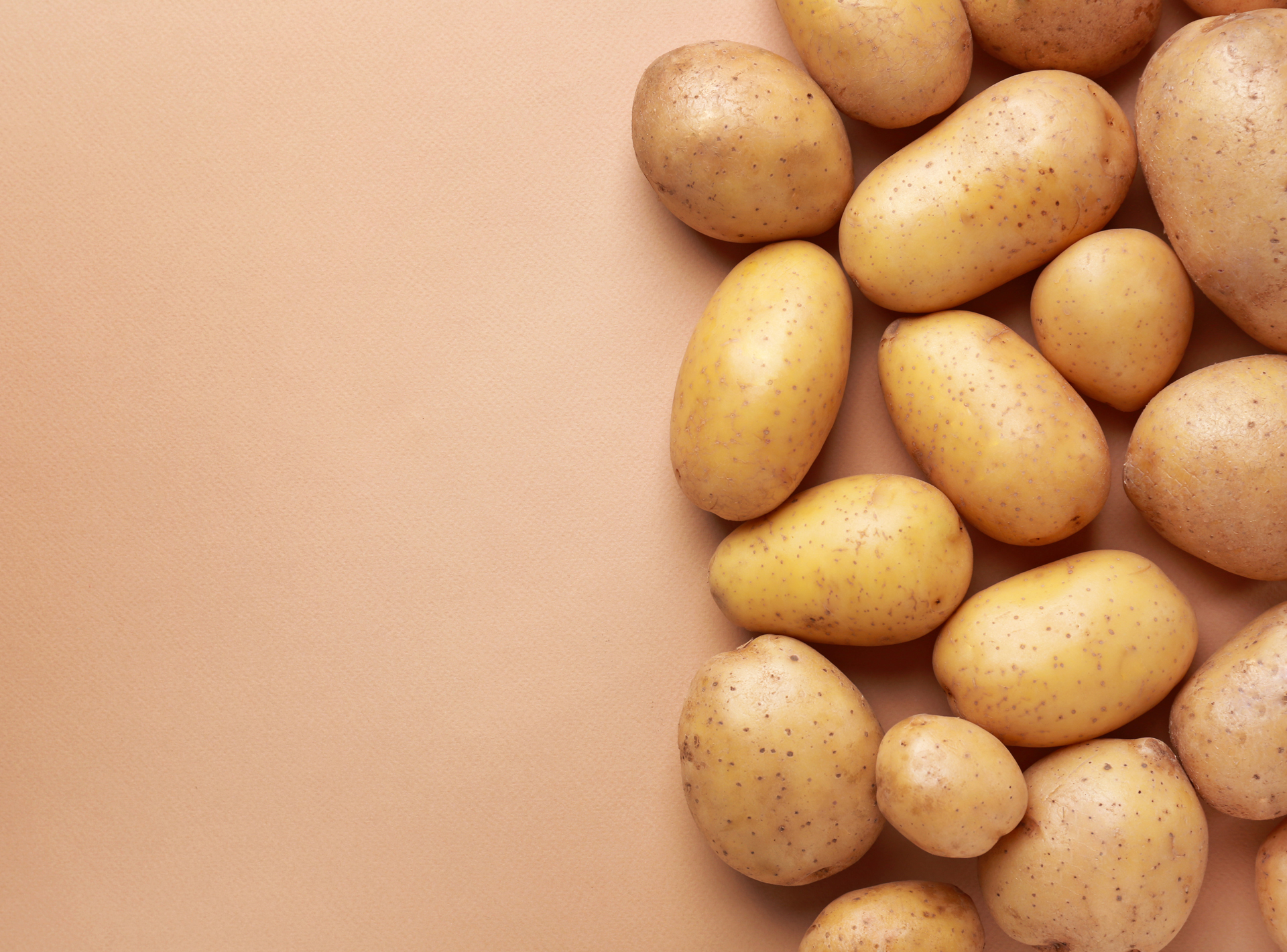 Natural compounds found in a class of veggies including potatoes and tomatoes may have the potential to be developed as new cancer treatments according to international experts.
Natural compounds found in a class of veggies including potatoes and tomatoes may have the potential to be developed as new cancer treatments according to international experts.
The research, published 7 December 2022 in Frontiers in Pharmacology, reviewed glycoalkaloids – the bioactive compounds found in many household vegetables such as potatoes and tomatoes – to demonstrate their potential to treat cancer in a laboratory setting.
The team of Polish scientists, led by PHD candidate Magdalena Winkiel from Adam Mickiewicz University, found there were specific glycoalkaloids in potatoes that reduced the ability of some carcinogenic chemicals to enter the body, while another compound found in eggplants prevented liver cancer cells from reproducing in a laboratory setting.
“Glycoalkaloids inhibit cancer cell growth and may promote cancer cell death,” Ms Winkiel said.
“These are key target areas for controlling cancer and improving patient prognoses, so have huge potential for future treatments.”
The researchers highlighted that existing cancer treatments could still damage healthy cells or have severe side-effects for patients, and that in the search for new, more targeted drugs, traditional medicine offered many possible candidates.
“Searching for new methods in cancer treatment is critical for global cancer control, and it is important to remember that plants, through millions of years of evolution, developed and produce an enormous number of biologically active substances,” the authors said.
“Moreover, medicinal plants are still often used as an alternative to modern medicine or as primary remedies in developing countries.”
The literature underscored that early descriptions of therapeutic properties of natural plant products could indicate the potential application of such compounds in medicine and facilitate the development of effective drugs.
“That is why modern medicine often reaches for achievements of traditional knowledge about medicinal plants built over the years,” Ms Winkiel added.
“Scientists around the world are still searching for the drugs which will be lethal to cancer cells but at the same time safe for healthy cells – it is not easy despite the advances in medicine and powerful development of modern treatment techniques.
“That is why it might be worth going back to medicinal plants that were used years ago with success in the treatment of various ailments. I believe that it is worth re-examining their properties and perhaps rediscovering their potential.”
The team explained that Solanaceae family of plants – also known as nightshades, due to the alkaloids that many members produce as a defence – were also rich in bioactive metabolites such as glycosides and lignans, and the antimicrobial and insecticidal properties of the genus featured prominently in traditional remedies.
“For example, pepper (Capsicum annuum L.) was applied to prevent cold and improve digestion, and potato (Solanum tuberosum L.) in case of burns, cough, and spasms, and local inhabitants of rural areas around the world have comprehensive traditional knowledge about the use of Solanaceae as medicinal plants for cancer treatment,” Ms Winkiel said.
The team focused on five glycoalkaloids found in the crude extracts of the Solanaceae family – solanine, chaconine, solasonine, solamargine and tomatine.
Solanine stopped several potentially carcinogenic chemicals from transforming into carcinogens in the body and inhibited metastasis, and at a therapeutic dose, was lethal to a particular type of leukemia cell.
Chaconine had anti-inflammatory properties, with the potential to treat sepsis, while solamargine — mostly found in aubergines – stopped liver cancer cells from reproducing.
The researchers highlighted that solamargine was one of several glycoalkaloids that could prove crucial as a complementary treatment, because it targeted cancer stem cells which were thought to play a significant role in cancer drug resistance.
Solasonine, found in several plants from the nightshade family, was also thought to attack cancer stem cells by targeting the same pathway, and even tomatoes offered potential for future medicine, with tomatine supporting the body’s regulation of the cell cycle to kill cancer cells.
“Further research will be needed to determine how this in vitro potential can best be turned into practical medicine,” Ms Winkiel said, noting recent evidence that high-temperature processing could improve glycoalkaloid properties, and nanoparticles have recently been found to improve transmission of glycoalkaloids to cancer cells, boosting drug delivery.
“Even if we cannot replace anticancer drugs that are used nowadays, maybe combined therapy will increase the effectiveness of this treatment,” she suggested.
“There are many questions, but without detailed knowledge of the properties of glycoalkaloids, we will not be able to find out.
“In silico studies — an important first step —suggest that glycoalkaloids are non-toxic and pose no risk of damaging DNA or causing future tumours, although there may be some effects on the reproductive system.”

